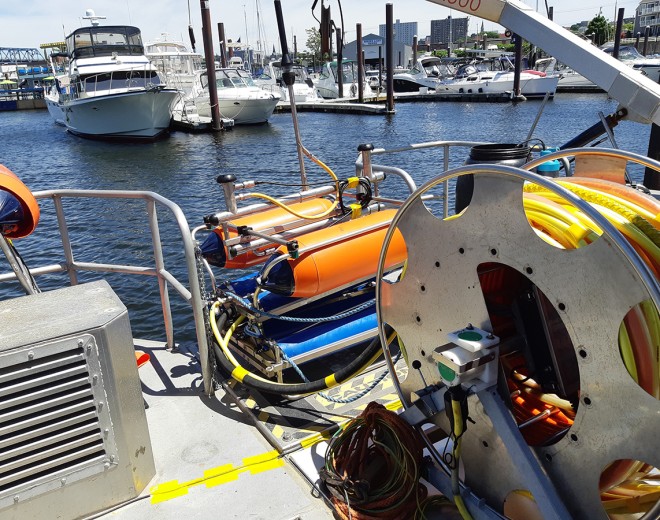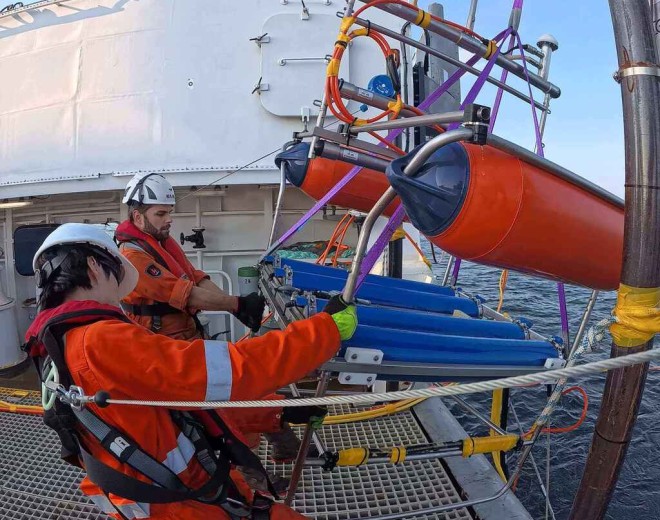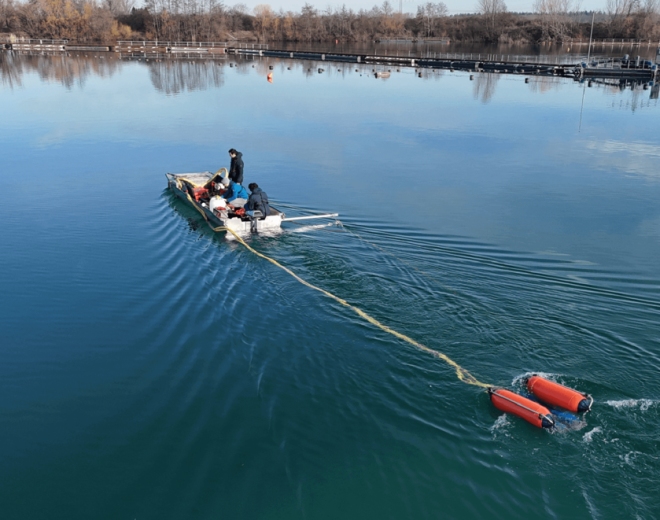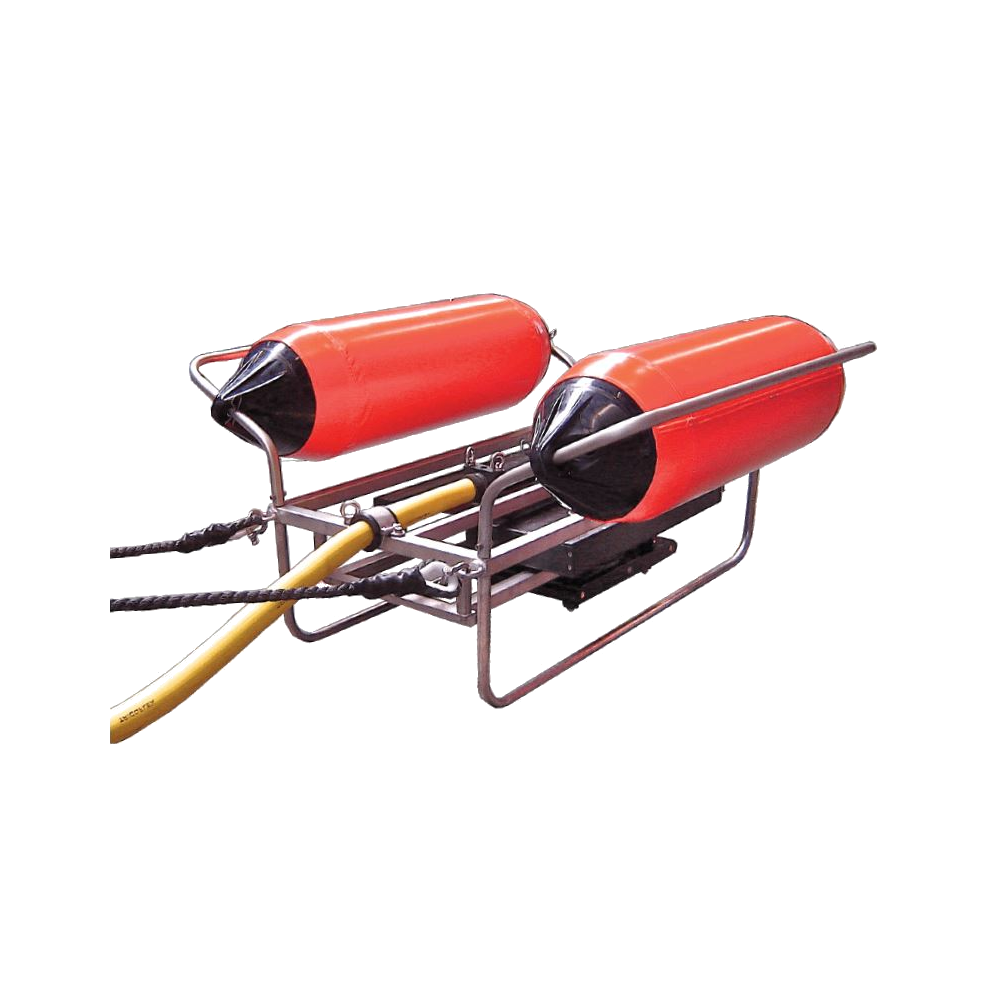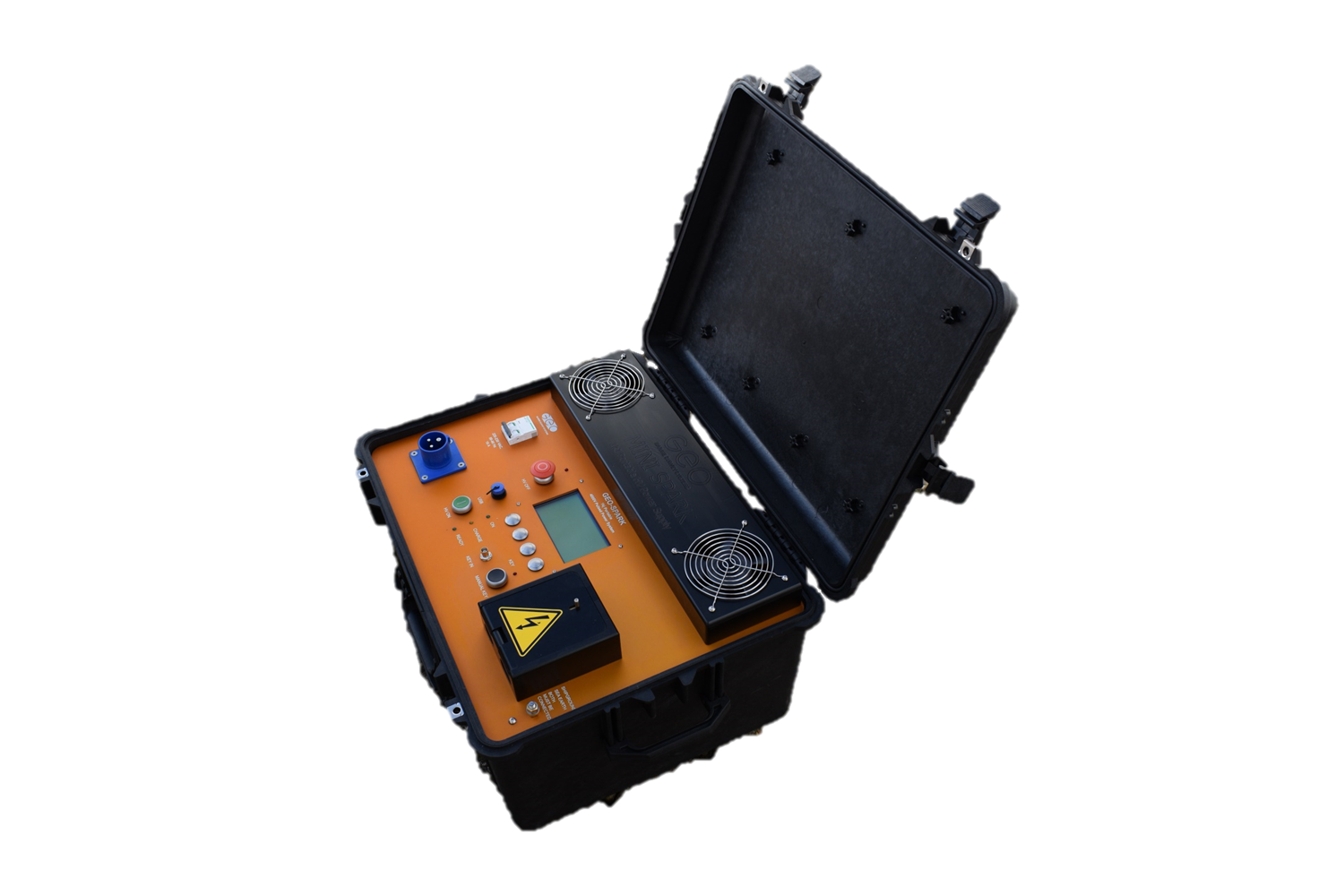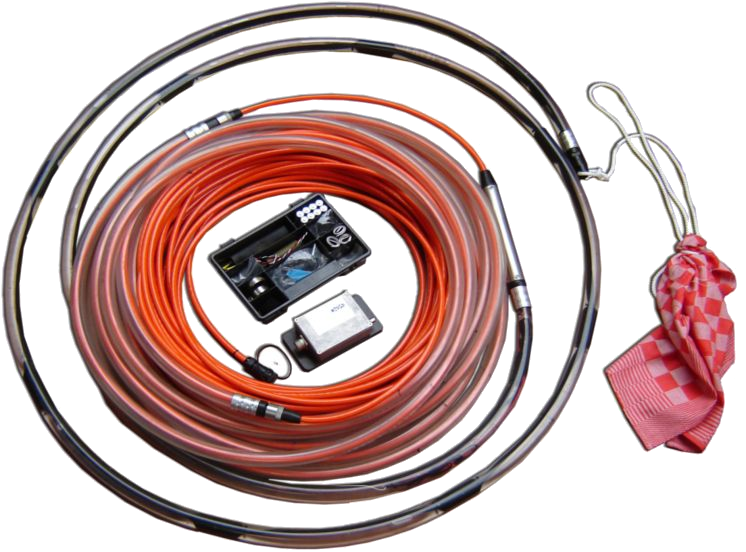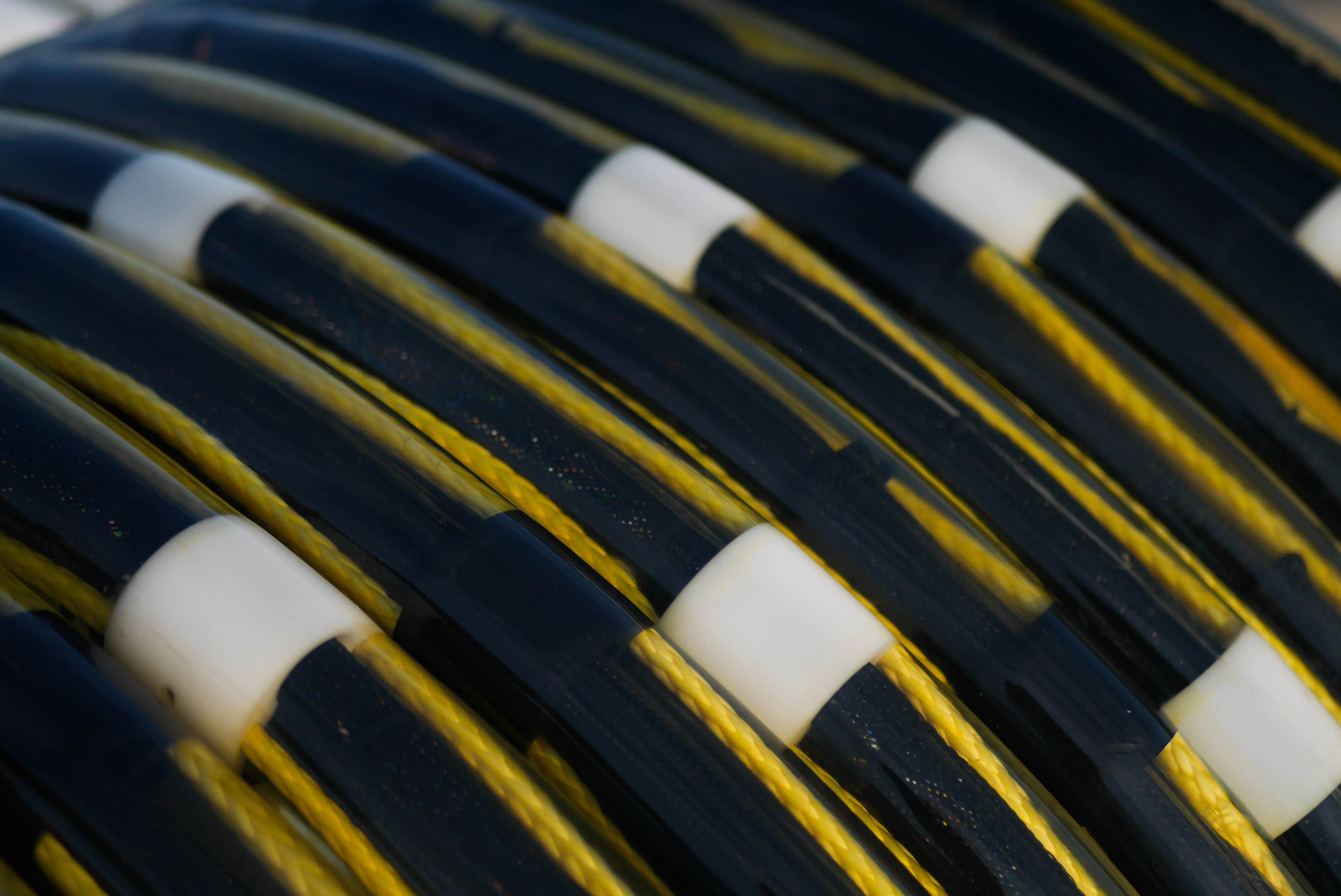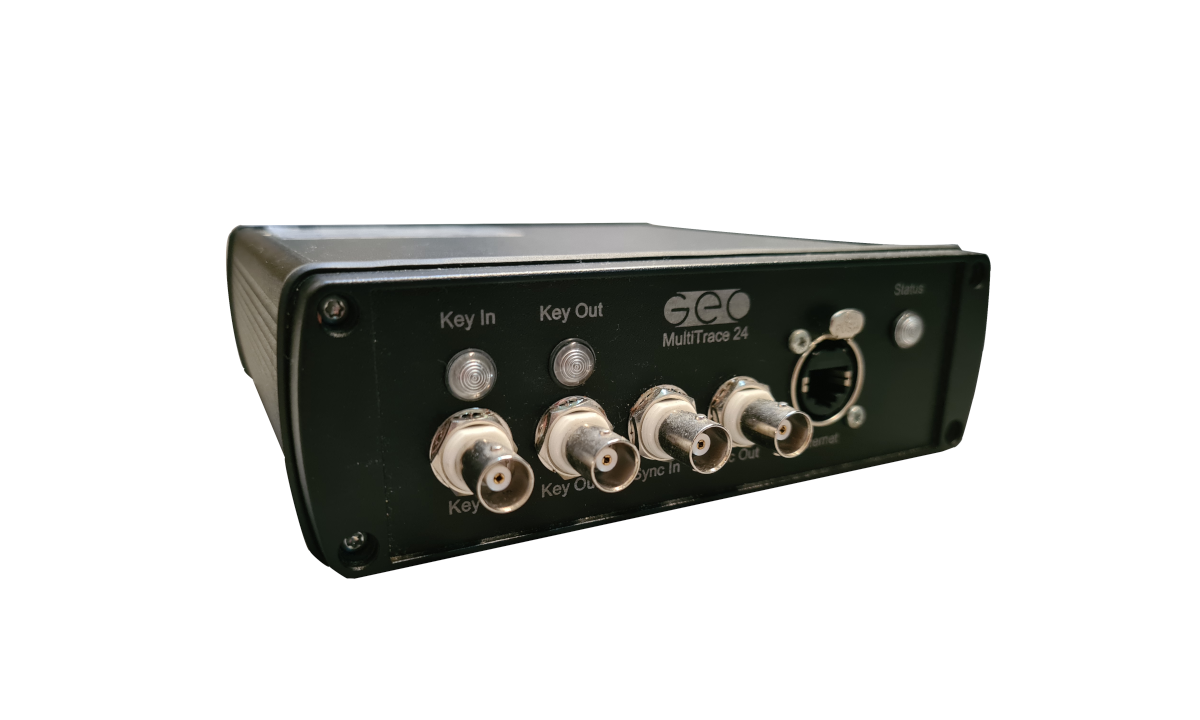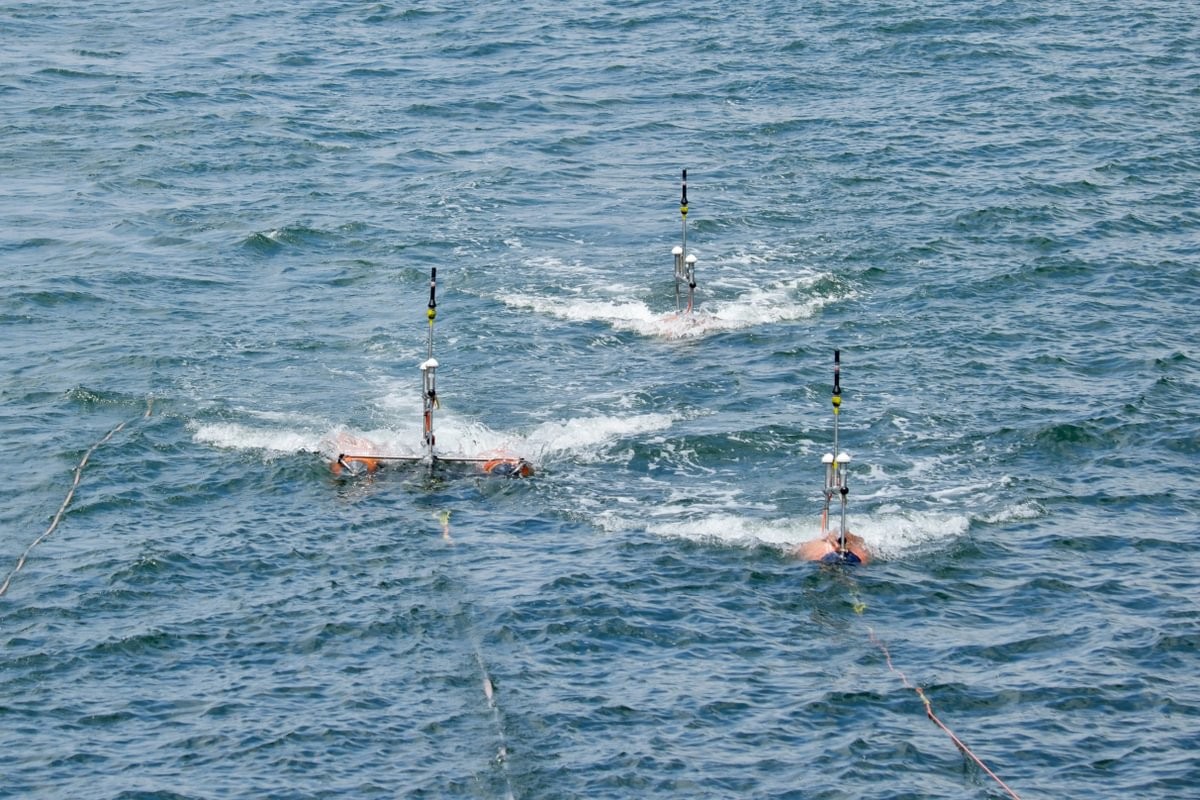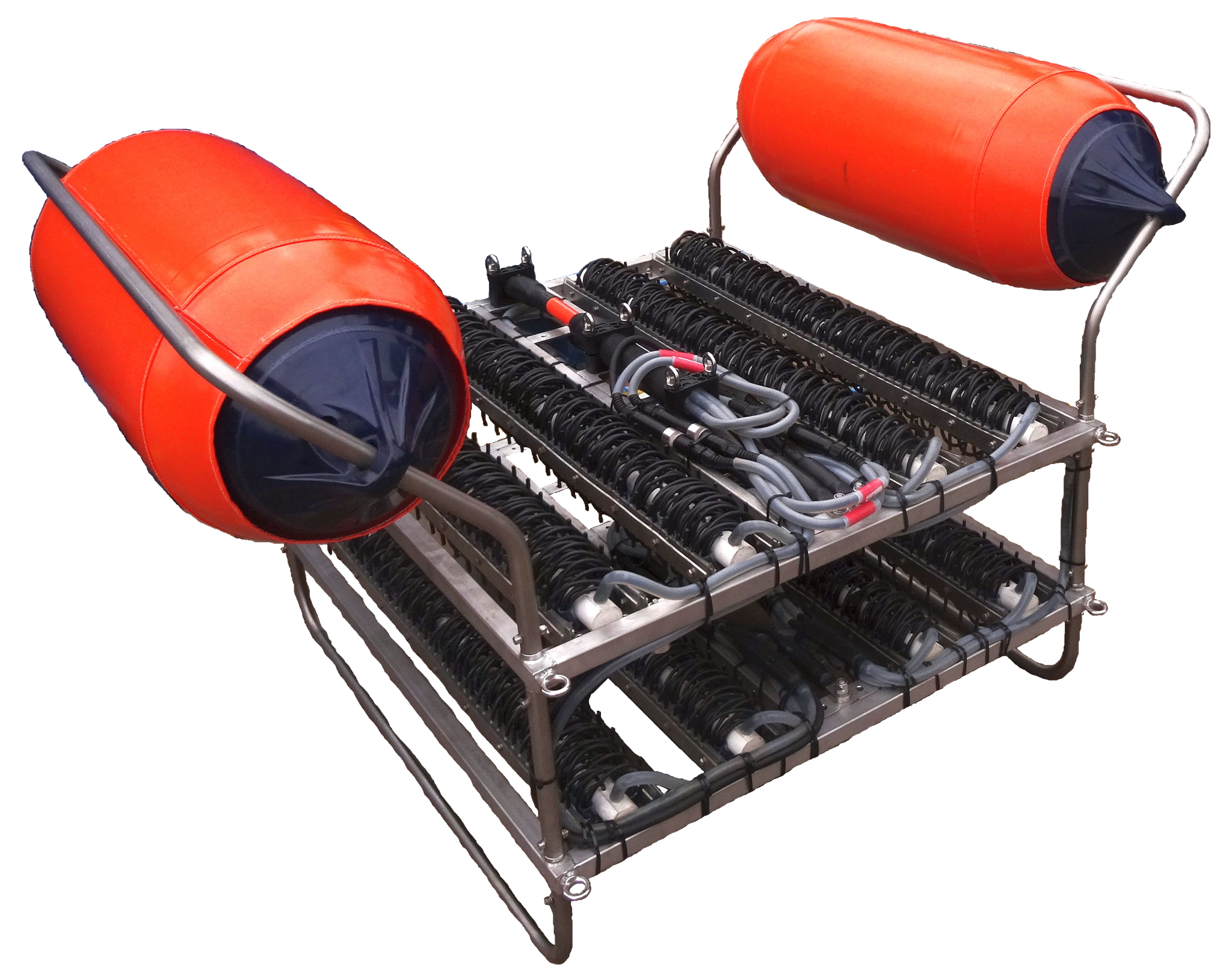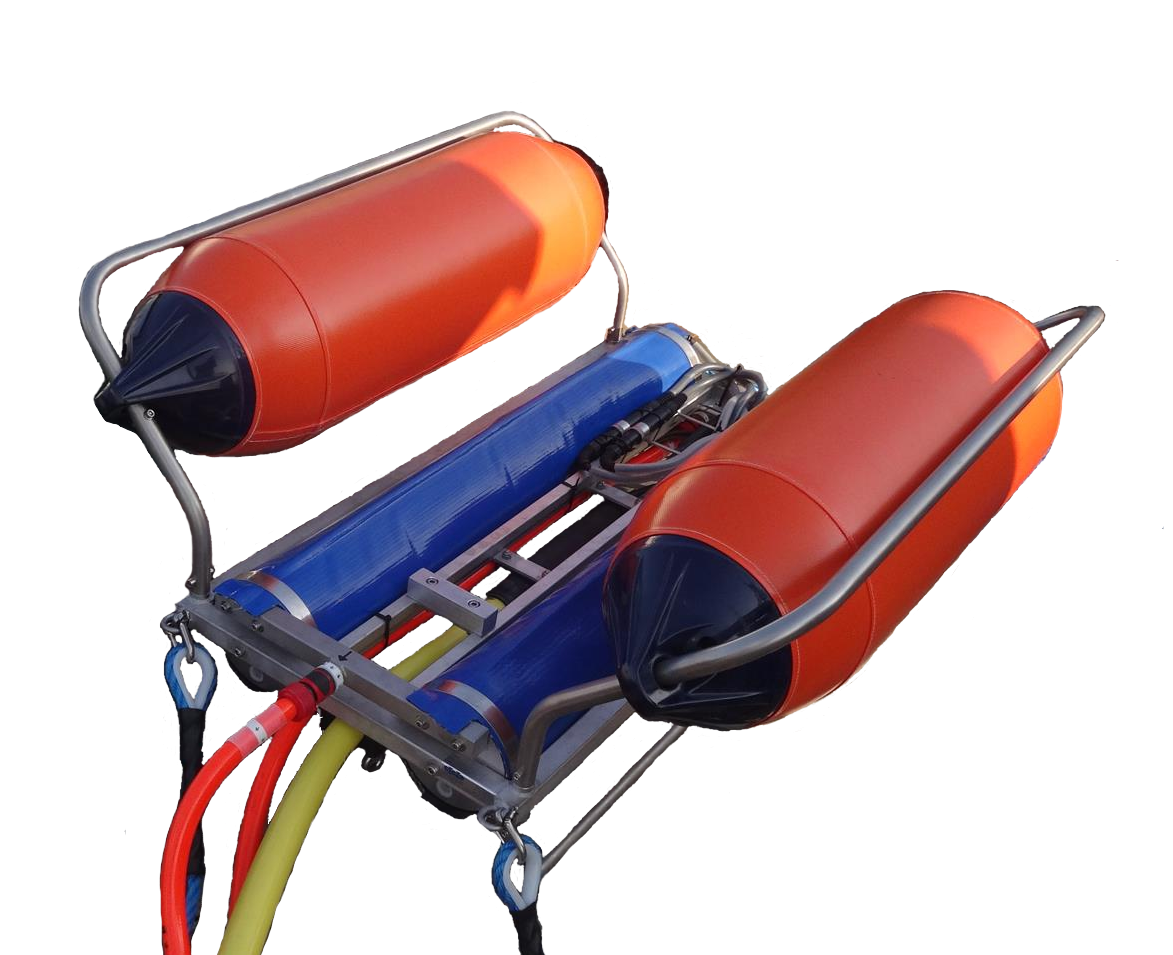
Sparkers
Geo-Source 200-400 Freshwater
Maintenance free negative discharge sparker specially designed for freshwater environments.
Description
HOW DOES A SPARKER WORK IN FRESH WATER?
The electrode modules (100 tips each) are enclosed in flexible sleeves. Salt water is pumped through these sleeves to provide the saline environment which is needed to create a plasma bubble at the sparker tips. The circulating salt water also removes the gases generated at each discharge. The closed circuit comprises an onboard salt water reservoir and pump, supply and return hoses to and from the source, and a manifold system within the source frame.
SUSTAINABLE FRESHWATER SPARKERS WOULD NOT EXIST WITHOUT OUR PRESERVING ELECTRODE MODE
Since the tips of the freshwater sparker are enclosed in the flexible sleeves it would be very laborious to trim the tips every 2 hours, like you should do with an ordinary sparker.
Since the Preserving Electrode Mode reduces the wear of the electrode tips to practically zero, it becomes practically feasible to mount the tips in flexible sleeves filled with salt water.
Zero tip wear is also essential for the acoustic repeatability of the pulse, which depends largely on a constant, unaltered electrode surface.
The effective source depth is 15-20 cm. A constant source depth at 1/4 of the wavelength is essential in order to optimize the constructive interference between the primary pulse and surface ghost. But this can be easily customized by the user with the use of extensions, for instance, in situations where penetration should be a priority.
SOURCE GEOMETRY AND CONFIGURATION OF THE TIPS
The electrode modules are evenly spaced in a planar array of 0.50 m x 1.00 m. This geometry not only enhances the downward projection of the acoustic energy, it also reduces the primary pulse length, since all tips are perfectly in phase. Each tip has an exposed surface of 1.4 mm, suitable for maximum 10 Joules per tip and with this configuration gives an excellent pulse over the 100 - 1000 Joule power range.
Operational Features
- ⟶ The 200 tip version is specially designed for small vessel surveys, but there is also the 400 tip option or larger operations.
- ⟶ Can be handled by one person.
- ⟶ Water depths from 2 to 1500 m (with the 400 tip version).
- ⟶ Penetration to 400 ms below seabed depending on geology.
- ⟶ Vertical resolution of 10 - 30 cm.
- ⟶ You don't need to trim tips during the survey - electrodes do NOT burn off.
- ⟶ Successfully employed in inland water engineering, port surveys, lake and river surveys and others.
- ⟶ The 400 tip version can be operated with energies up to 4,000 Joules.
Applications
- - Small vessel surveys
- - Site & route surveys
- - River Waterways
- - Reservoir
- - Mineral exploration
